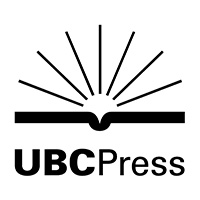9780774818537
9780774818520
Distributed for University of British Columbia Press
Wet Prairie
People, Land, and Water in Agricultural Manitoba
The Canadian prairies are often envisioned as dry, windswept fields; however, much of southern Manitoba is not arid plain but wet prairie, poorly drained land subject to frequent flooding. Shannon Stunden Bower brings to light the complexities of surface-water management in Manitoba, from early artificial drainage efforts to late-twentieth-century attempts at watershed management. She engages scholarship on the state, liberalism, and bioregionalism in order to probe the connections between human and environmental change in the wet prairie. This account of an overlooked aspect of the region’s environmental history reveals how the biophysical nature of southern Manitoba has been an important factor in the formation of Manitoba society and the provincial state.
Table of Contents
Foreword: Wetland Elegy? / Graeme Wynn
Introduction: The Wet Prairie
1 Drains and Cultural Communities: The Early Years of Manitoba Drainage, 1870-1915
2 Jurisdictional Quagmires: Dominion Authority and Prairie Wetlands, 1870-1930
3 Drains and Geographical Communities: Experts, Highlanders, and Lowlanders Assess Drainage
4 International Bioregions and Local Momentum: The International Joint Commission, Ducks Unlimited, and Continued Drainage
5 Permanence, Maintenance, and Change: Watershed Management in Manitoba
Conclusion: Chequer Board Squares in a Dynamic Landscape
Appendices
Notes
Selected Bibliography
Index

